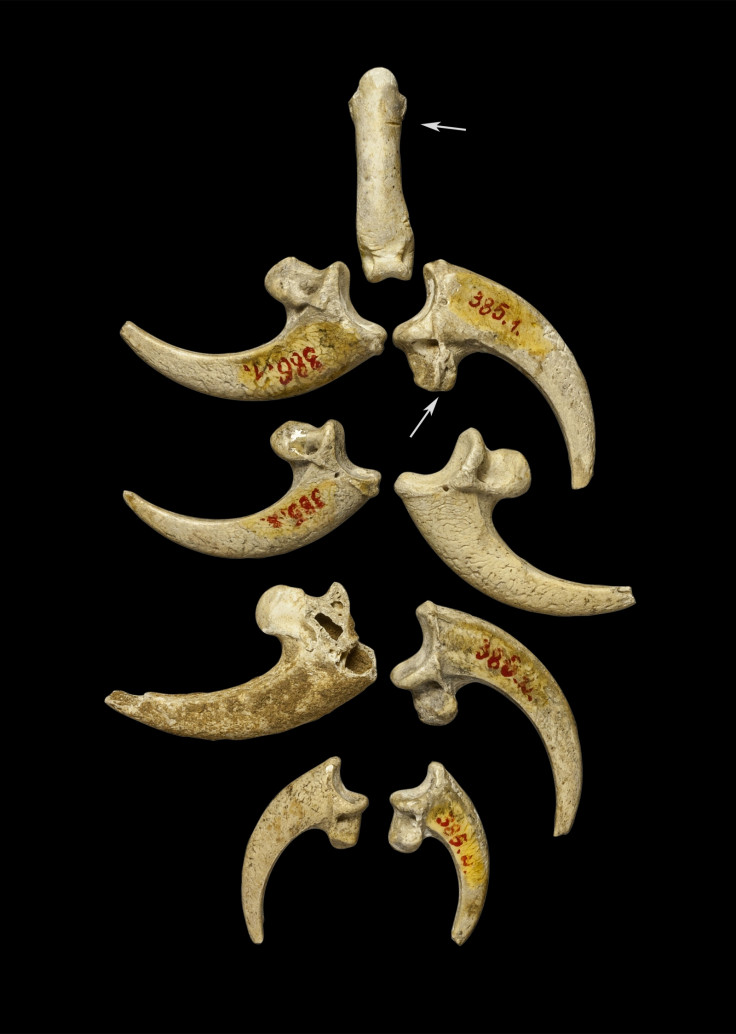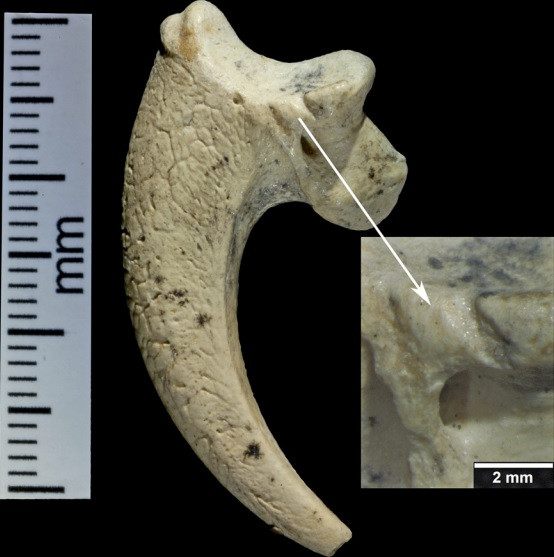Neanderthals used eagle claws to make jewellery 130,000 years ago

Neanderthals appear to have made necklaces and bracelets from eagle claws some 130,000 years ago, with smooth cut marks and polishing suggesting they were used for decorative purposes.
The eight talons were discovered at the Krapina Neanderthal site – in present-day Croatia – over 100 years ago.
Analysis showed they all came from the same time period - 80,000 years before modern humans arrived in Europe.
The study, published in the journal PLOS One, describes how four of the talons have multiple edge-smoothed cut marks, while eight show polishing facets or abrasion. Three of the largest talons have small notches at about the same place too.

Researchers suggest these features could indicate jewellery assemblage, with the talons being mounted in a necklace or bracelet.
Explaining how the jewellery might have been created, they said the smoothing of the cut mark edges is related to them being tied with a string or sinew. "We know Neanderthals made twisted fibres at one site and there is no reason to suspect the Krapina Neanderthals were incapable of modifying fibres to produce a twisted fibre or a sinew filament for stringing together eagle talons," they wrote.
David Frayer, from the University of Kansas, said: "It's really a stunning discovery. It's one of those things that just appeared out of the blue. It's so unexpected and it's so startling because there's just nothing like it until very recent times to find this kind of jewellery."

The authors said their find suggests Neanderthals did not lack the ability to use objects for symbolic purposes. "Presence of eight talons indicates that the Krapina Neanderthals acquired and curated eagle talons for some kind of symbolic purpose," they wrote.
"Some have argued that Neanderthals lacked symbolic ability or copied this behaviour from modern humans. These remains clearly show that the Krapina Neanderthals made jewellery well before the appearance of modern humans in Europe, extending ornament production and symbolic activity early into the European Mousterian."
© Copyright IBTimes 2025. All rights reserved.






















